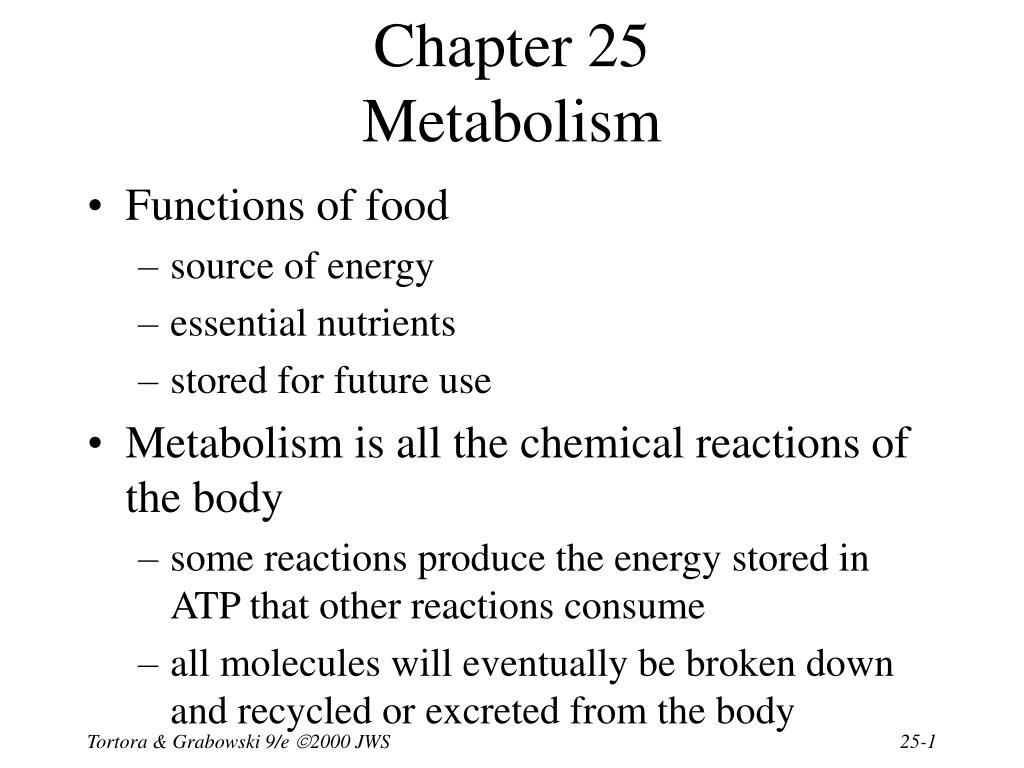

#CHAPTER 8 METABOLISM COURSENOTES FREE#
Activation Energy The amount of energy that reactants must absorb before a chemical reaction will start also called free energy of activation. Phosphorylated Intermediate Catalyst A chemical agent that selectively increases the rate of a reaction without being consumed by the reaction. In many cellular reactions, a phosphate group is transferred from ATP to some other molecule in order to make the second molecule less stable. Energy Coupling In cellular metabolism, the use of energy released from an exergonic reaction to drive an endergonic reaction. Sugar ribose, with the nitrogenous base adenine and a chain of three phosphate groups. ATP contains the sugar ribose, with the nitrogenous base adenine and a chain of three phosphate groups bonded to it, forming adenosine triphosphate. Explain the name ATP by listing all the molecules that make it up. Mechanical Work For instance: the beating of cilia, the contraction of muscle cells, and the movement of chromosomes during cellular reproduction. Transport Work The pumping of substances across membranes against the direction of spontaneous movement. Is cellular respiration an endergonic or an exergonic reaction? Exergonic Reaction Is photosynthesis endergonic or exergonic? Endergonic Reaction Chemical Work The pushing of endergonic reactions that would not occur spontaneously. For an endergonic reaction, is ∆G negative or positive? ∆G is positive for an endergonic reaction. Free Energy Symbol G (after Professor Gibbs) For an exergonic reaction, is ∆G negative or positive? ∆G is negative for an exergonic reaction. Free Energy The portion of a system's energy that can perform work when temperature and pressure are uniform throughout the system, as in a living cell. Spontaneous Process A process that occurs without an overall input of energy a process that is energetically favorable. Potential Energy The energy that matter possesses because of its location or structure.


 0 kommentar(er)
0 kommentar(er)
